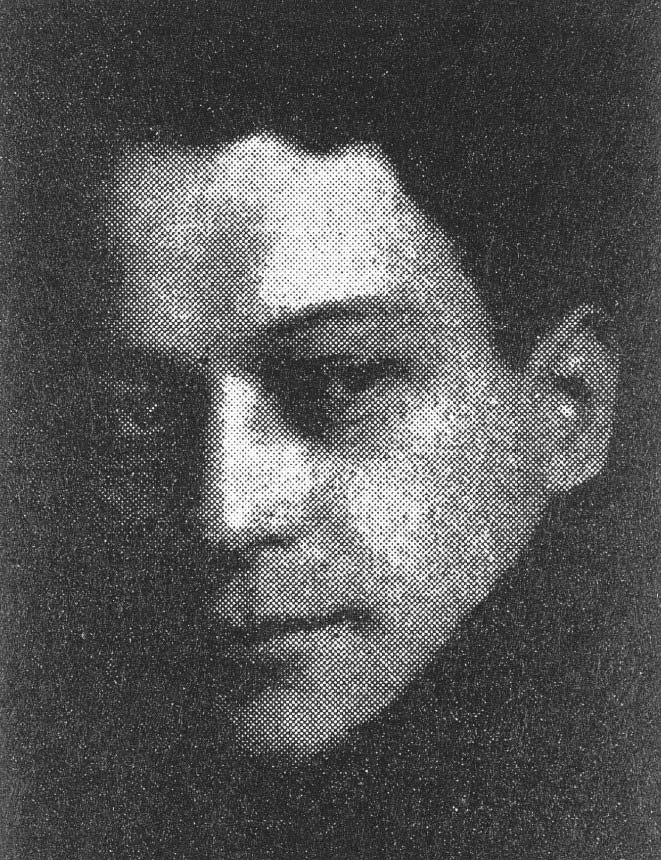Alexandre HEIMOVITS
Январь 2, 2019Alice HOHERMANN
Январь 2, 2019Игнаций ХИРШВАНГ
КЕЛЬЦЕ (ПОЛЬША) 1890 – ДЕПОРТИРОВАН В 1943 Г.
Хиршванг быстро покинул Кельце и присоединился к сообществу художников в Лодзи, где его ценили за мастерство и талант акварелиста. Он изучал живопись в Школе изящных искусств в Кракове. После окончания обучения он ездил в Париж, Краков и Варшаву, где выставлял свои картины. Часто общался с писателями и журналистами в Варшаве.
В 1939 году обосновался в Париже, но вскоре переехал на юг Франции. В Польше писал сцены квартала Казимеж в Кракове, который также изображала Алиса Халика. Во Франции создал пейзажи сумерек в Сен-Поль де Ванс. Хиршванг надеялся избежать ареста, так как у него было больное сердце. Один врач из Ниццы дал ему справ- ку о его тяжёлой болезни. Хиршванг мечтал уехать в США и пытался получить американскую визу. В авгу- сте 1943 года, будучи на юге Франции, он был арестован жандармами. Депортирован в 1943 году. Убит нацистами.
Stories of Jewish Artists of the School of Paris 1905-1939
FRENCH-ENGLISH
Capitale des arts, le Paris des années 1905-1939 attire les artistes du monde entier. De cette période de foisonnement, un terme est resté, celui d'Ecole de Paris, qui recouvre une grande diversité d'expression artistique. Dans ce brassage dont Montparnasse est le creuset, un groupe se distingue : celui des artistes juifs venus de Russie, de Pologne et d'Europe centrale. Si leurs styles sont variés, un destin commun les rassemble : ils fuient l'antisémitisme de leur pays d'origine. Certains ont connu la célébrité dès les années 1920, tels Soutine, Lipchitz ou Chagall. D'autres n'ont pas eu le temps ou la chance d'y accéder. Près de la moitié a péri dans les camps de concentration nazis.
From 1905 to 1939, Paris attracted artists from all over the globe as the capital of the art world. This period of artistic proliferation became known as the School of Paris, and includes a great diversity of artistic expression. Within the teeming art world centred on Montparnasse, one group set itself apart: Jewish artists from Russia, Poland, and Central Europe. Although their styles were diverse, they shared the common fate of fleeing anti-Semitic persecutions in their home countries. Some became famous in the 1920s, such as Soutine, Lipchitz, and Chagall, while others did not have the time or the luck to gain renown. Nearly half of these artists died in Nazi concentration camps.





